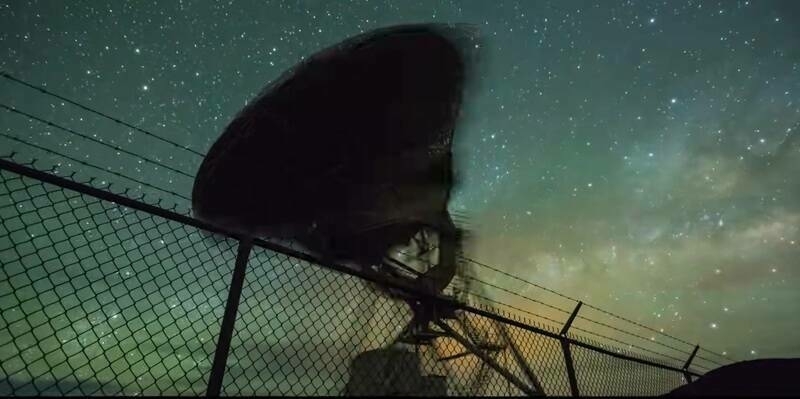The LGPR technology was originally developed at MIT Lincoln Laboratory for military applications and is designed to help navigate even in the worst driving conditions on the planet. It works by sending radio waves into the ground, creating a digital fingerprint of the subsurface. This underground map of soils and rocks becomes the reference to guide autonomous vehicles. The benefit? LGPR is unaffected by above-ground conditions like snow, fog, rain, dust – conditions that present huge challenges to the usual AV sensors. Since this product is licensed from the Massachusetts Institute of Technology under U.S. Patent No. 8,949,024 for prototype or demonstration purposes, it is intended for OEMs and Tier 1 companies who aim to solve the hardest problem remaining for autonomous navigation – the weather.
Developers are now seeing solid results in all weather conditions using TerraVision, the worlds’ first commercial LGPR. In late June, TerraVision successfully integrated into Level 2 test automation in a closed loop field trials in Devens, MA. Level 2 is defined as control of both steering and acceleration, where a human sits in the driver’s seat and can take control of the car at any time. “GSSI is proud to be conducting autonomous driving tests with this technology. It’s only the second time this has happened with this commercial technology thus far,” said Dr. Babak Memarzadeh, TerraVision Project Lead, “and we can clearly see significant improvements since our first attempt.”
Years of experimental testing at MIT has proven LGPR’s potential. Now, it is benefiting from the leading GPR company to make performance improvements with faster hardware, smarter software, and smaller mechanical design. For example, GSSI completely redesigned the RF switching, cut the power requirements by a factor of 4, reduced emissions by more than 100x, significantly reduced the size, made it more weather-resistant, and improved performance. “Basically, we took a science project and turned it into a manufacturable product,” Dr. David Cist, GSSI’s VP of Engineering said. “The technology still has room to grow (shrink, actually), with plenty of fruitful real-world prototype testing yet to come. With our decades of experience in geophysics, and GPR in particular, we feel uniquely positioned to collaborate with OEMs and Tier 1s to prove out this new sensor,” Dr. Cist said.
GSSI has decided initially to focus overseas, given the uncertainties around FCC restrictions in the United States, and since they had been asked by several firms around the world to develop and test LGPR. This includes two large Japanese and German companies working on AV navigation. The performance testing in Germany may establish the technology’s effectiveness by year end.
Subscribe to our newsletter
Stay updated on the latest technology, innovation product arrivals and exciting offers to your inbox.
Newsletter

